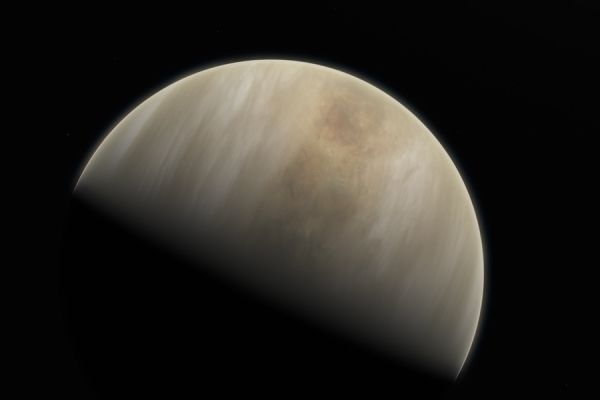The search for life beyond Earth has largely revolved around our rocky red neighbor. NASA has launched multiple rovers over the years, with a new one currently en route, to sift through Mars’ dusty surface for signs of water and other hints of habitability.
Now, in a surprising twist, scientists at MIT, Cardiff University, and elsewhere have observed what may be signs of life in the clouds of our other, even closer planetary neighbor, Venus. While they have not found direct evidence of living organisms there, if their observation is indeed associated with life, it must be some sort of “aerial” life-form in Venus’ clouds — the only habitable portion of what is otherwise a scorched and inhospitable world. Their discovery and analysis is published today in the journal Nature Astronomy.
The astronomers, led by Jane Greaves of Cardiff University, detected in Venus’ atmosphere a spectral fingerprint, or light-based signature, of phosphine. MIT scientists have previously shown that if this stinky, poisonous gas were ever detected on a rocky, terrestrial planet, it could only be produced by a living organism there. The researchers made the detection using the James Clerk Maxwell Telescope (JCMT) in Hawaii, and the Atacama Large Millimeter Array (ALMA) observatory in Chile.
Continue reading at MIT.
Image via ESO (European Space Organization)/M. Kornmesser & NASA/JPL/Caltech.


